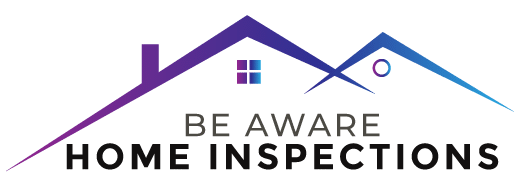Welcome To Utah Home Inspections
- Work TIme:Mon-Fri 09AM-6PM
Call or text any time:
801-792-6479
Email us:
info@beawarehomeinspections.com
Address
391 E 1700 S #160111 Clearfield, UT 84016

Radon Testing
Radon Gas is an odorless, tasteless and natural occurring gas emitted by the soil during the natural breakdown of uranium, thorium, or radium, which are radioactive metals in soil, rocks, and water. The EPA has warned that Radon gas is a carcinogen and is the second leading cause of lung cancer in the United States today – only behind smoking. The World Health Organization (WHO) estimates that 15% of lung cancers worldwide are caused by exposure to elevated indoor levels of Radon. Scientific studies of Radon exposure indicate that children and smokers may be more sensitive to Radon. Radon Gas enters into the home through the water supply, windows and doors, cracks and holes in foundation and concrete floors.

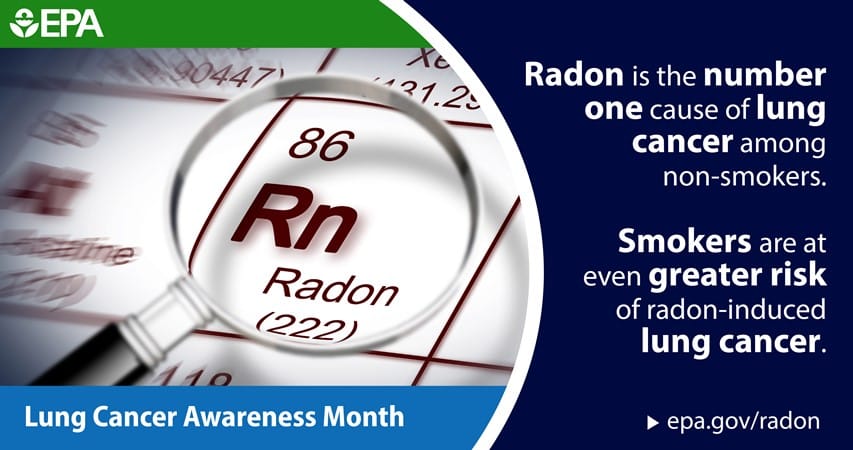
Testing for Radon
Testing is the only way to know the Radon level of a home. One in 3 homes in the state of Utah test above the EPA action guideline limit. The U.S. Environmental Protection Agency (EPA), the U.S. Surgeon General, and the Center for Disease Control and Prevention (CDC) strongly recommend that ALL homebuyers have an indoor radon test performed prior to purchase or taking occupancy and recommend having the radon levels professionally mitigated if elevated radon concentrations are found. Most short-term radon tests are conducted using a radon monitor placed in the home for at least 48 hours continually.
Radon Mitigation
Radon levels can usually be lowered using a process called mitigation. The EPA strongly recommends you use mitigation techniques to reduce indoor Radon if levels in your home are 4.0 pCi/L or greater. A Radon level below 4.0 pCi/L still poses a risk, so still consider fixing the home when between 2.0 and 3.9 pCi/L. The higher the home’s Radon level, the greater the health risk to you and your family. Also keep in mind that indoor Radon levels vary by season and weather conditions. So even at levels below 2.0 pCi/l, consider bi-annual retesting or whenever significant changes to the home structure or mechanical systems occur.
Our Services
MORE INFO:
from the World Health Organization
from the EPA
from the Utah Department of Health
from AARST/NRPP
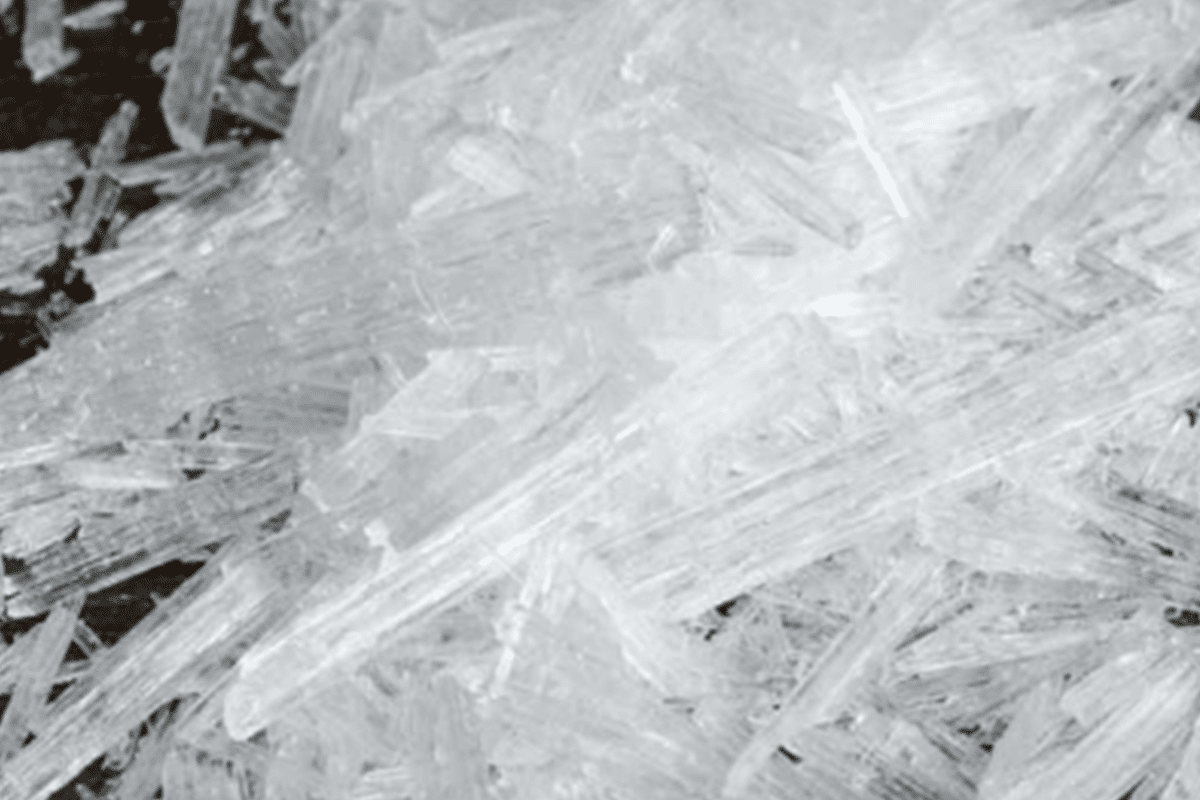
Meth Testing
Methamphetamine is an addictive synthetic drug, one that can be smoked, swallowed, snorted or injected. The drug comes as a pill or a powder, though crystal meth looks like glass or shiny blueish white rocks. Meth is a highly addictive drug that is easy to make from common household chemicals. If meth has been cooked or smoked inside a structure, it leaves behind an invisible hazard of chemicals saturating carpets, clothes, furniture, personal possessions, wood, sheet rock, plaster, concrete, porous fiber board and systems. This makes it unsafe for occupants.
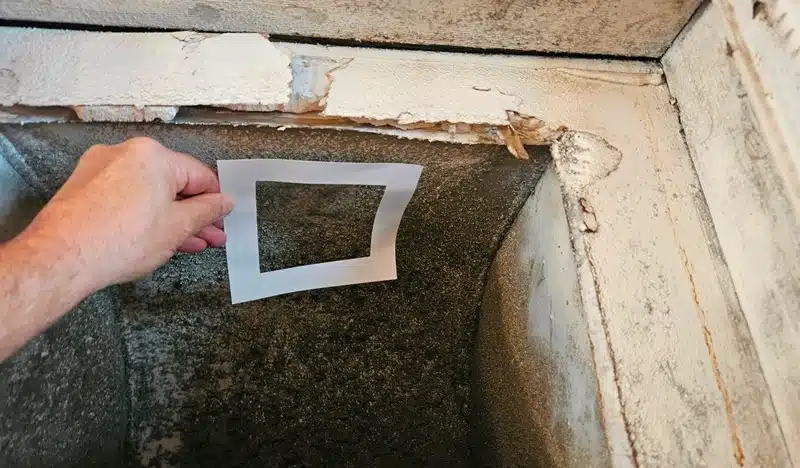
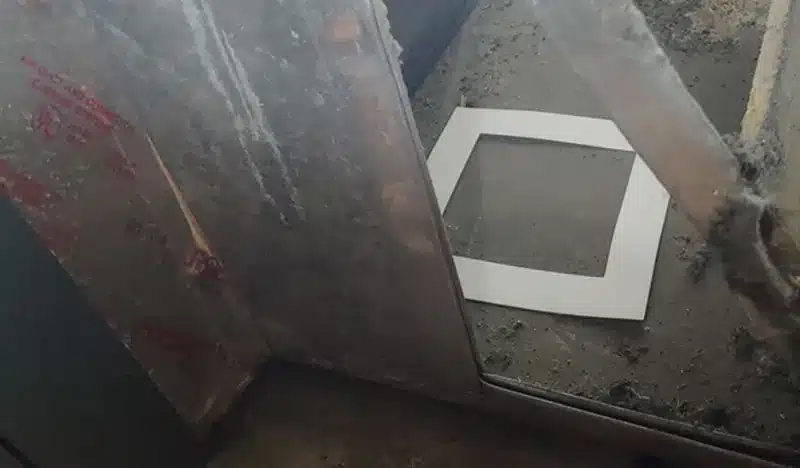
Testing for Meth
The toxic waste from the production or smoking of meth can cause health issues including respiratory (breathing) problems, skin and eye irritation, headaches, nausea, and dizziness. Meth is a dangerous toxin and the clean-up can be very expensive. The Utah Department of Health recommends testing for meth before all property purchases. You can test for meth with your home inspection. Results are available in 24–96 hours
Meth Remediation
Houses with meth contamination can be cleaned. However, if the house tests over a certain threshold, it is required that you hire a state certified meth cleaning specialist. Normally that cleaning includes replacing all soft surfaces like carpet, drapes and furniture, cleaning all hard surfaces such as walls and ceilings, and replacing or thoroughly cleaning the HVAC ducts and vents.
Our Services
MORE INFO:
from the EPA
from the Utah Department of Health
from the Salt Lake County Health Department
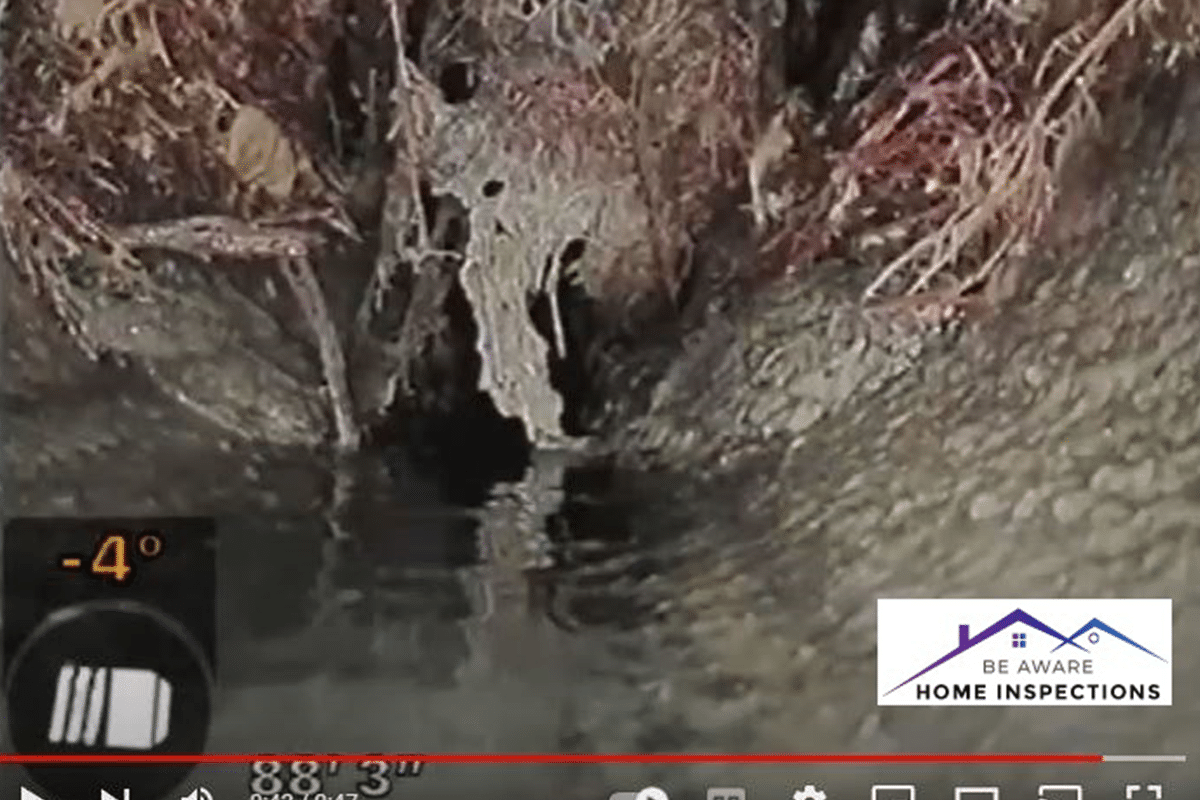
Sewer Line Scope
A sewer line scope inspection is performed by using a tiny camera to video record the lateral sewer line in a home that leads from the foundation of the house to the main sewer line.
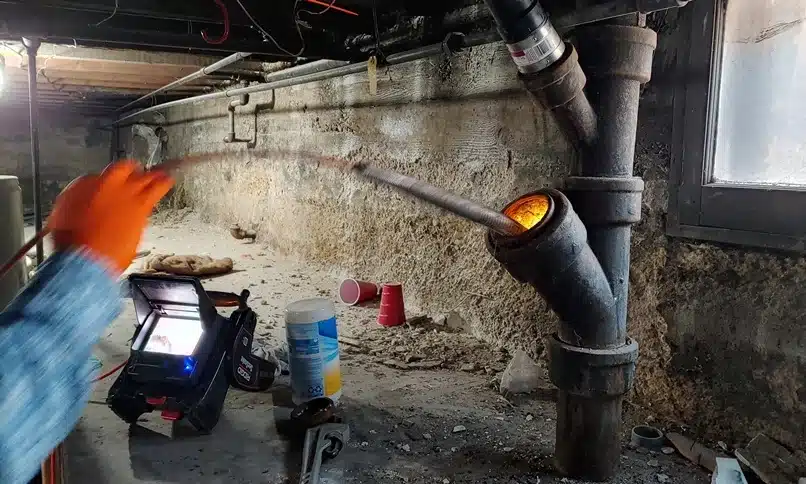
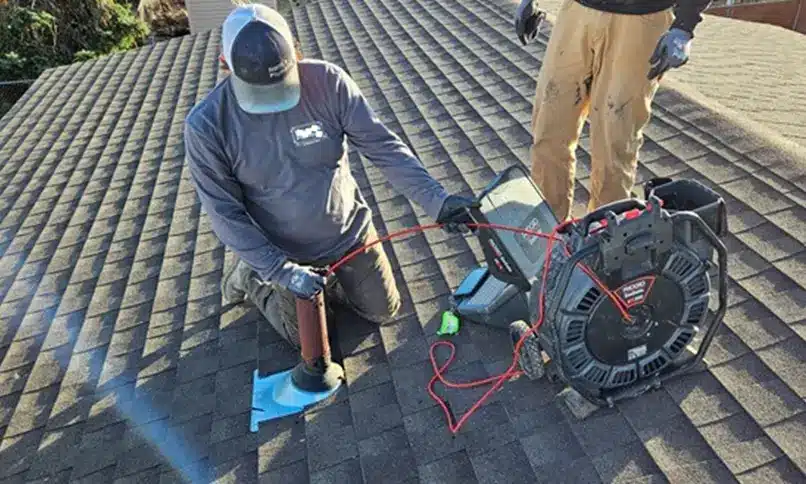
Do I Need a Sewer Line Scope?
A sewer line scope is one of the most important inspections a buyer of older homes should consider because it can turn up numerous problems that can be expensive to fix. It can reveal blockages, damage to the pipe system, and other problems. There are many different reasons why your lateral sewer line could have problems. Tree roots find a small crack in the line and push their way through to soak up the water. This can block the sewer line, causing plumbing issues. Settling is another potential issue a sewer scope could discover. Ground shifting—earthquakes, ground water tables and excavations can also cause problems with the sewer line. Older homes may have clay or concrete sewer lines, which tend to crack and deteriorate more easily.
Solving a Sewer Line Problem
If your sewer line needs to be repaired, it can often be done using a trenchless method which is cost-effective and requires little to no digging. If your pipes are damaged beyond repair, you may have to resort to traditional sewer line replacement methods. This is an extremely invasive and costly method that requires technicians to dig up your yard to replace the damaged or broken lines.
Our Services
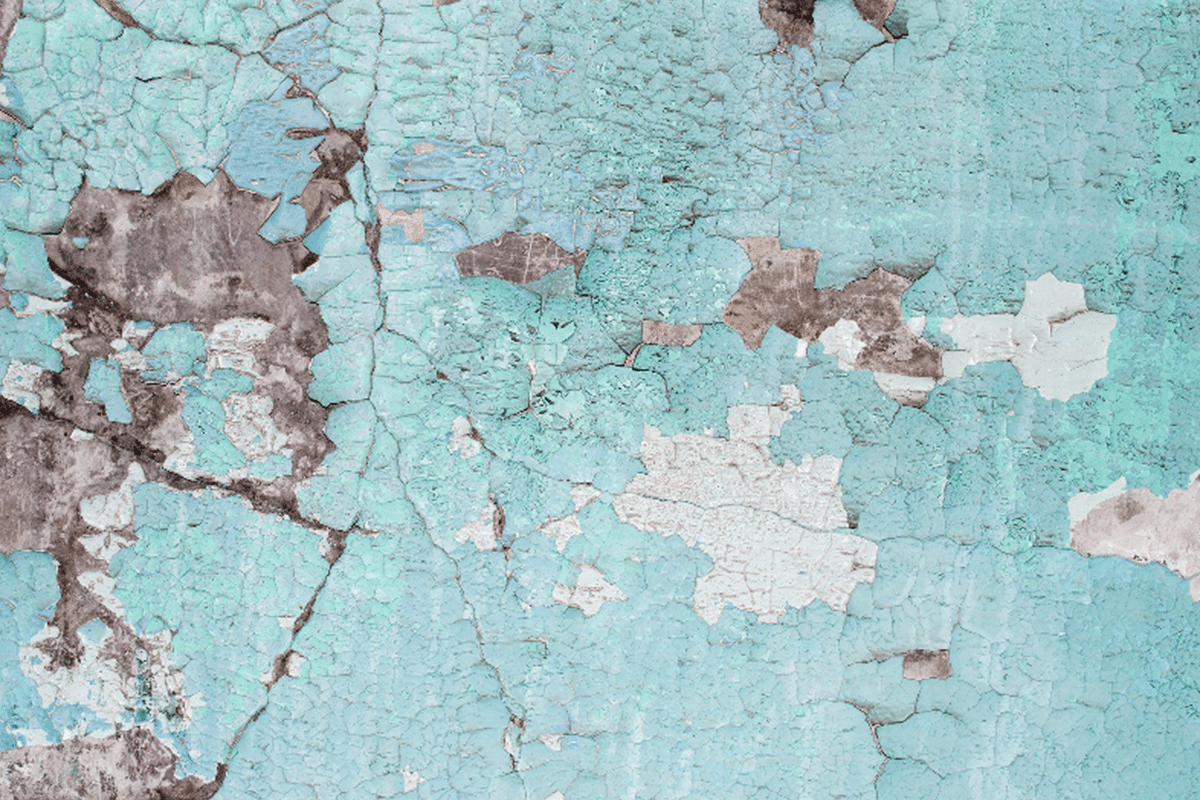
Lead Testing
Lead is a naturally occurring element found in small amounts in the earth’s crust. For over 100 years lead was added to paint to extend its protective properties and durability. Millions of homes in the US were painted with lead-based paint during this time. Lead is a highly toxic metal that may cause a range of health problems. When lead is absorbed into the body, it can cause damage to the brain, kidneys, nerves, blood and other vital organs. Lead may also cause behavioral problems, learning disabilities, seizures and in extreme cases, death.

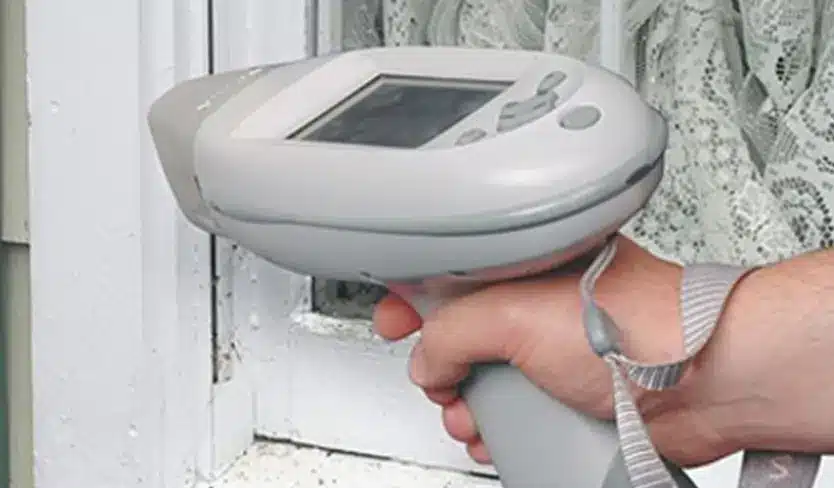
Testing for Lead
In 1978, the federal government banned consumer uses of lead-containing paint. Deteriorated lead-paint both inside and outside the home, including lead-contaminated dust, is one of the most common causes of lead poisoning. It may be a hazard when found on surfaces that children can chew or that get a lot of wear-and-tear, such as:
• Windows and Window Sills
• Doors and door frames
• Stairs, Railings, Banisters, and Porches
If your house is older than 1978 we strongly recommend that you have it inspected for lead-based paint.
EPA Percentage of Homes Likely to Contain Lead:
• Homes built between 1960 and 1978 – 24%
• Homes built between 1940 and 1960 – 69%
• Homes built before 1940 – 87%
We test using a state of the art XRF Analyzer which reads the level of lead in the paint with complete precision and without any damage to the surface. We We normally test about 30-40 areas around the home and provide a detailed report of the results, which easily identifies the location and level of any lead-based paint.
Lead Remediation
The Utah LBP Program establishes and enforces work practice procedures for LBP activities and RRP performed by paid contractors in the State of Utah. The program oversees the certification of individuals and firms performing either LBP or RRP work activities.
Our Services
MORE INFO:
from the EPA
from Utah Department of Environmental Quality
from the Salt Lake County
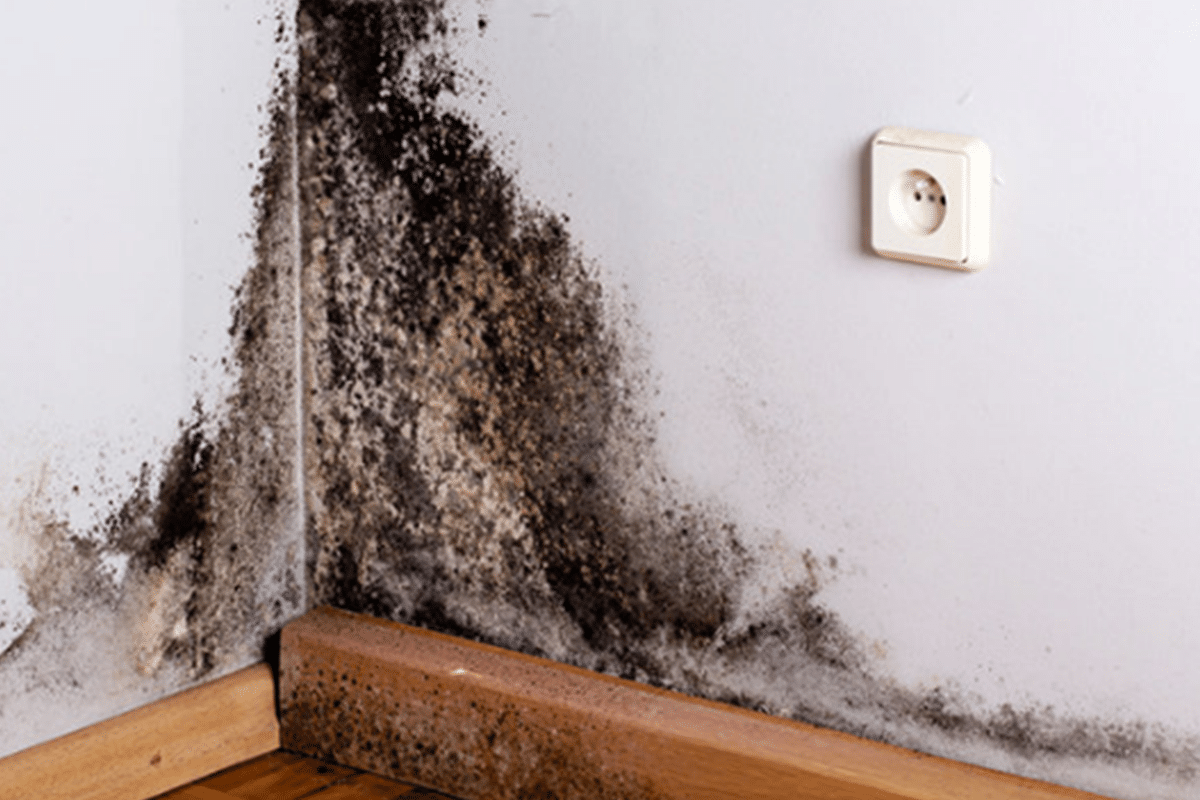
Mold Testing
Molds are fungi and there is always some mold everywhere – in the air and on many surfaces. Molds have been on the Earth for millions of years. Mold will grow in places with a lot of moisture, such as around leaks in roofs, windows, or pipes, or where there has been flooding. Mold grows well on paper products, cardboard, ceiling tiles, and wood products. Mold can also grow in dust, paints, wallpaper, insulation, drywall, carpet, fabric, and upholstery.
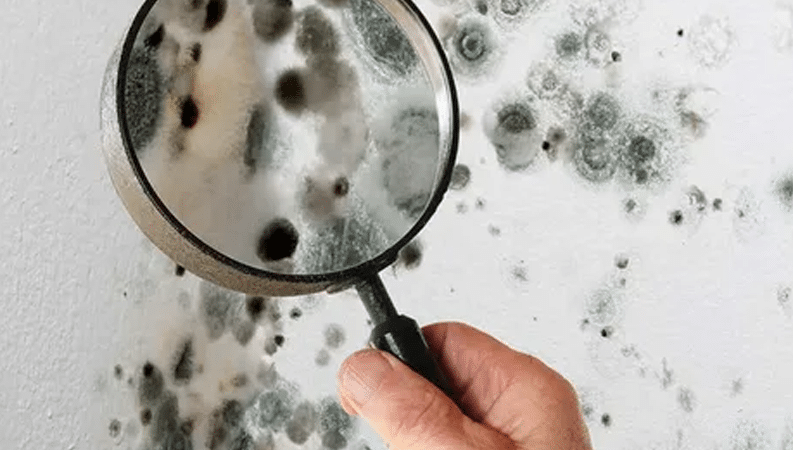
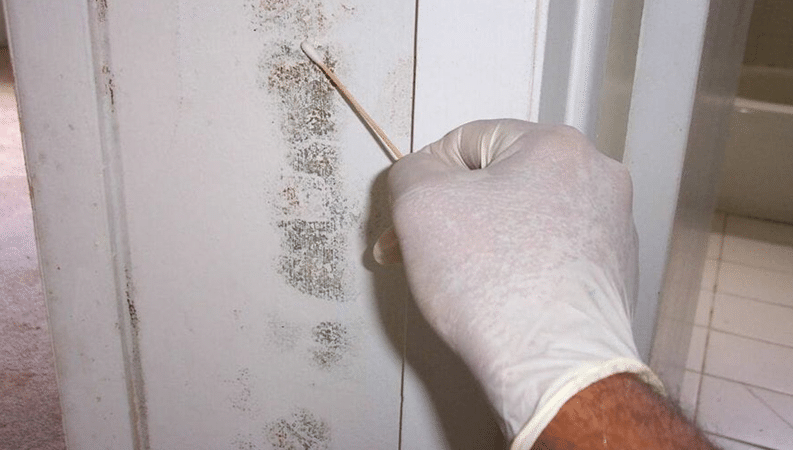
Testing for Mold
Some people are sensitive to molds. For these people, molds can cause nasal stuffiness, throat irritation, coughing or wheezing, eye irritation, or, in some cases, skin irritation. People with mold allergies may have more severe reactions. If there is evidence of moisture in the home, or if it smells like mold, you should consider mold testing. If mold is found, it frequently indicates additional issues that need to be corrected.
Mold Remediation
Cleaning mold can be as easy as surface cleaning or as complicated as replacing components which may include walls, wallpaper, insulation, drywall, carpet, fabric, upholstery, cabinets, floors, and even the roof.
